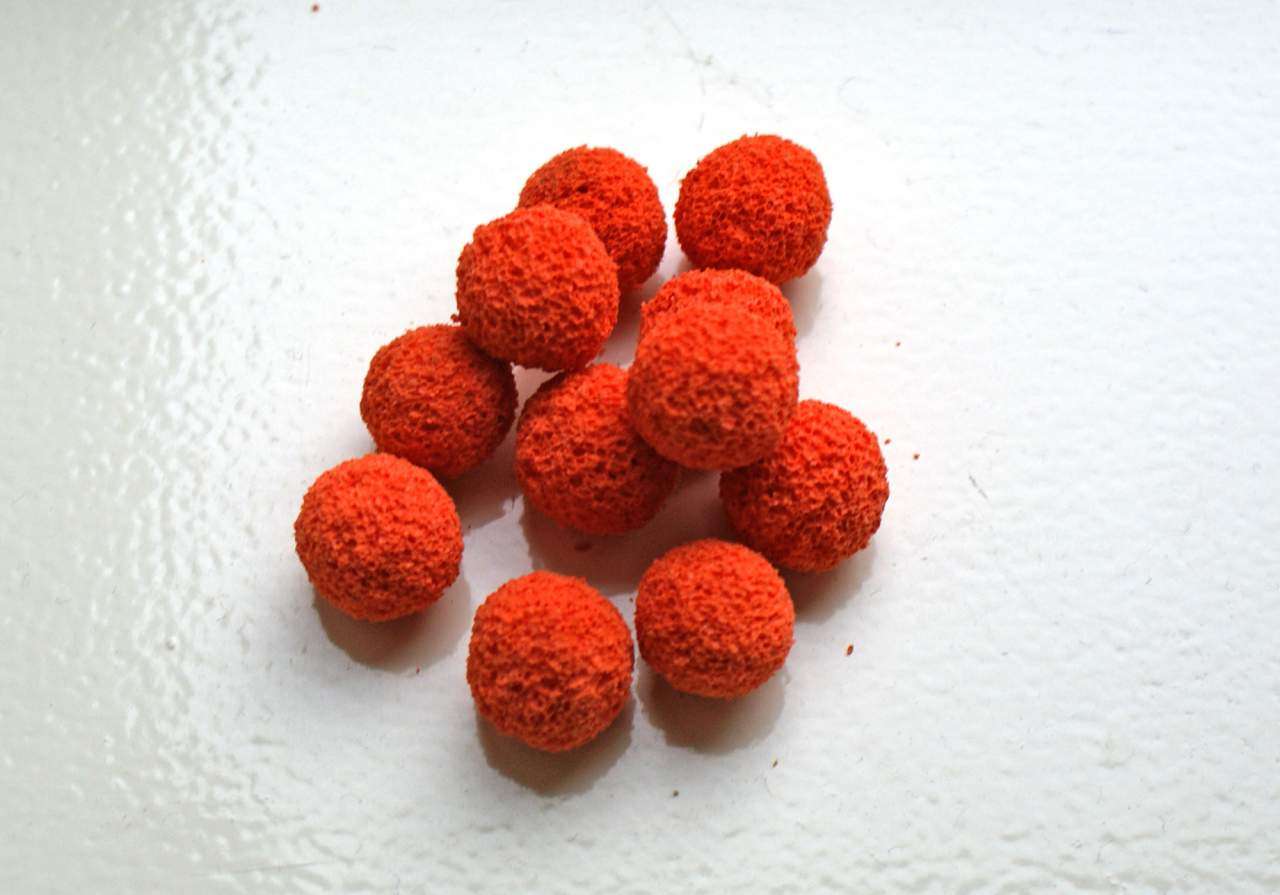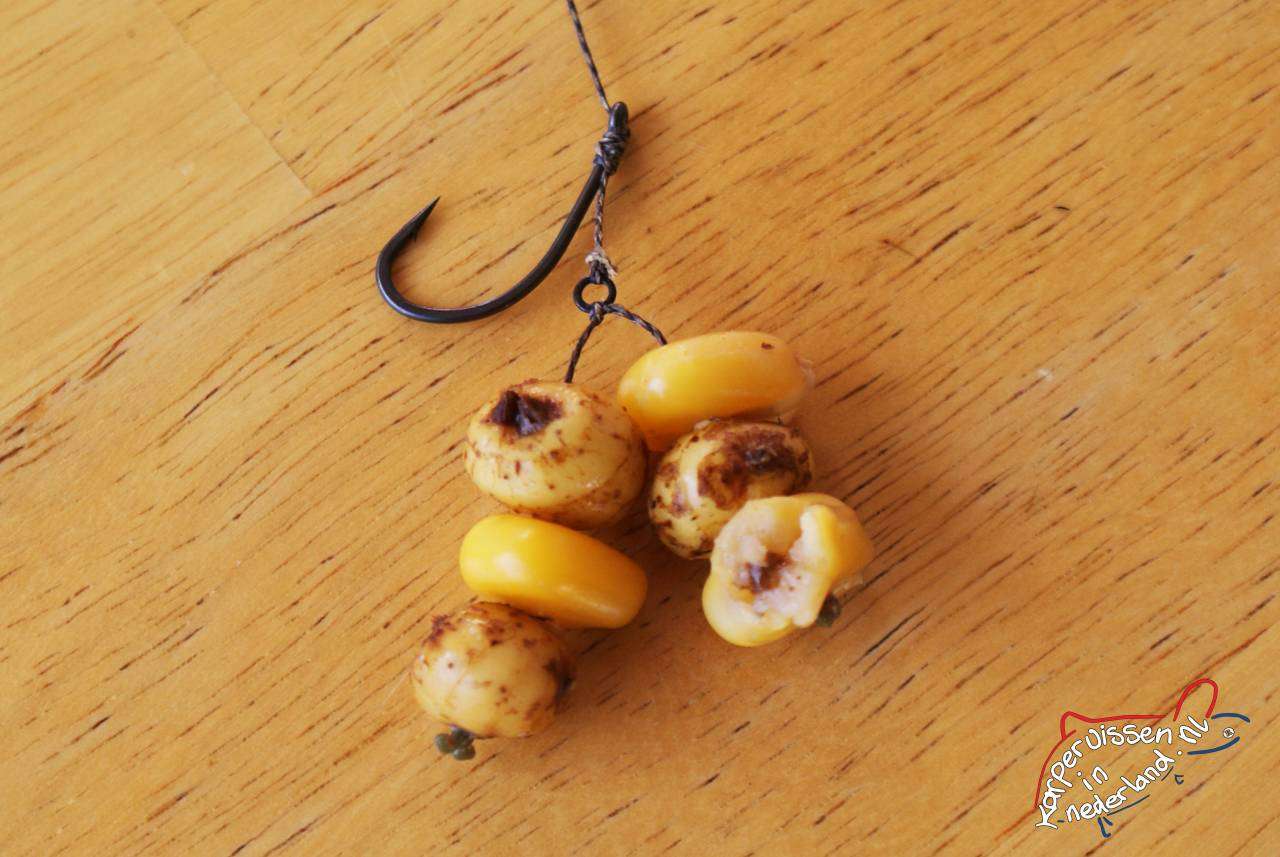Are you going to wait for the fish or go after them?
Every morning until exactly 11 AM, they’re there…
Clichés
You often hear terms like: ‘a trained water’, ‘wrong wind direction’, ‘too low temperature’, ‘wrong air pressure’, ‘bad moon phase’, ‘angling pressure’ and many more… While weather certainly affects catches, carp are also creatures of habit that spread across waters, canals, and lakes following specific patterns. This varies during morning, afternoon, and evening hours, and there you are, fixed in one spot with your bivvy while the fish are swimming somewhere else.
What to Do?
I’m a results-focused angler myself – weights interest me less, but I like to catch fish every session, whether using a float, static fishing, or surface fishing. That’s why in recent years, I’ve increasingly focused on studying the water and observing carp behavior before starting a session. Questions like: ‘where are they during different parts of the day?‘, ‘are they actively swimming around?‘, ‘what’s the bank and water vegetation like?‘ ‘what’s the depth profile?‘, ‘is there plenty of natural food present?‘ occupy my mind before even casting a single rod.

Challenging carp spots..
By observing for a few days without fishing, you learn a lot about the carp and their behavior on the water and where they hang out, helping you better determine spot selection and bait choice. This way, I’ve managed to significantly reduce the number of blank sessions. I also keep a logbook with catch times, water locations, bait use, temperature, and date so I can always make predictions about fishing spots I’ve fished before.
Vary
Take a brolly more often than a bivvy and move spots multiple times depending on the time of day – go find those fish! Vary your bait and sometimes leave boilies aside, try cheese cubes or canned dog food, brown beans and peas, or other unusual bait on the hair or directly on the hook. Bring light equipment to the bank so moving becomes a pleasure rather than a burden.

Use small banksticks instead of a rod pod where possible, and if you have a receiver for your bite alarms, don’t be afraid to place a 2nd rod 50 meters away – you’ll see that rod often scores best and your catch results will visibly improve over time, but most importantly, without good polaroid sunglasses you’ll miss 50% of what happens below the water surface.
Alvar Besemer



